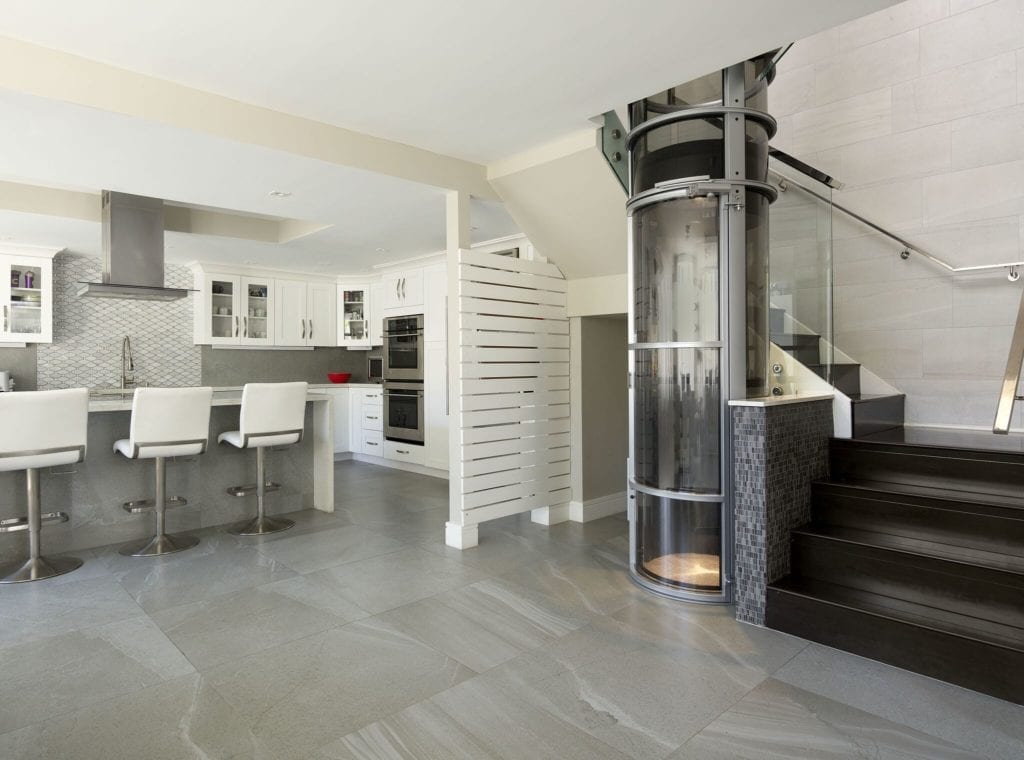As the demand for aging in place continues to increase, more people around the world are choosing to install residential elevators for additional accessibility in their homes. With a variety of home elevators to choose from, it can be difficult to decide which operating system is best for your residence. Below is a breakdown of the general differences in home elevator systems.
Winding Drum Systems
Typically, the first elevator system that comes to mind when one thinks of residential elevators is the Winding Drum System. Using an age-old design based on a revolving winch, Winding Drum systems have thick cables that are used to suspend the elevator cabin. Using an electric motor, the cable winds through the drum, alternately raising and lower the cab. This drum and motor can be housed at the top and bottom of the hoist way, which can result in a rougher, noisier ride. In addition, the cables require annual maintenance and should be replaced roughly every 5 years.
Roped Hydraulic Home Elevators
Based around a hydraulic pump that is connected to a piston and pulley, the Roped Hydraulic Home Elevator combines the advantages of hydraulic systems with the ease of roped ones. With a piston supported by a pedestal and connected to the hoist way by a series of brackets, the pair of steel cables are anchored to the floor of the shaft, stretched around the pulley at the top and then attached to the bottom of the L-shaped sling on which the cab sits. This home elevator systems typically requires a dedicated machine room which can be place inside the home.
Chain Driven Counterweight System
For this system, a large chain is used to transfer torque from the motor with a system of gears (similar to a bicycle). Not requiring a separate machine room, the chain enables the elevator cab to move up and down smoothly. Requiring less maintenance than cables, the chain-driven home elevator typically uses a counterweight, equaling the weight of a 40% loaded elevator cab, hung on the opposite end of the chain of the elevator cab itself.
Inline Gear Chain System
Instead of placing the motor assembly on top of the cab like a standard chain driven system, the inline gear system is an improvement on the basic chain drive concept by placing the motor assembly at the top of the shaft. Allowing less headroom on the shaft, reducing construction costs and providing faster access to emergency controls outside the car, this home elevator system is safer than traditional chain driven systems while operating in a similar fashion.
Gearless Traction Elevators
Most commonly found in office buildings, Gearless Traction Elevators are energy efficient home lifts that combine the cables of winding drum system with the counterweights of a chain drive. Wrapped around the drive sheave in special grooves, the cable is attached to the top of the elevator cabin while the other end of the cables are attached to a counterweight that travels up and down in the hoist way on guiderails, generating ascent and descent.
Vacuum Elevator Systems
The latest innovation in home elevator design, Vacuum Elevators operate by using turbine motors and valves to generate areas of higher and lower atmospheric pressure within the cylinder hoist way. The only air-driven elevators in the world, Vacuum Elevators require no harmful oils or lubricants to operate as well as no pre-construction shaft, pit or machine room. Resting on the existing ground floor, these self-supporting home elevators can be installed anywhere inside the home in as little as two to three days and require no annual maintenance. These environmentally friendly residential elevators have a sleek design and 360 degree visibility that add an innovative design element to the home. The Vacuum Elevator quickly becomes a conversation piece inside the residence and a main draw for any guest visiting. With three models to choose from, ranging from a single passenger, to a three passenger wheelchair accessible model, there is a Vacuum Elevator model that can fit any residence needs without the consuming foot print or annual maintenance costs of a traditional home elevator.









